Information technology is a sector that has given us various machines to help us live a manageable life, but have you ever heard of Google Lens, Microsoft Windows Vista, MySpace, etc.? They failed in the market because of their poor marketing strategies, tough competition in the market, and other reasons. Introducing different and new products to the market is a challenging task for corporations, where the ones who fail in recognising the real needs of the audience face failure in life. Have a look at the top 10 failed IT products as well as read the reasons for their failure.
1. Google Lens
Google Lens was launched in 2012. Whereas Google had to close its manufacturing early in 2015 because of its uncool design and privacy concerns, Google Lens had also been banned in many public areas such as bars, theaters, and restaurants because it had some features to record videos and capture images without coming into any other person’s awareness. Its cost was also quite high, which was $1500 in 2012.

2. Microsoft Vista
Microsoft is the best company for operating systems as it supports personal computers also. Hence, everyone had high expectations of Vista. But Microsoft Windows Vista only had disappointments as it was too heavy for the computer to operate; hence, working on it became slow, incompatible, and had many hardware requirements to run it on your PC. Therefore, official support for Windows Vista ended in April 2012.
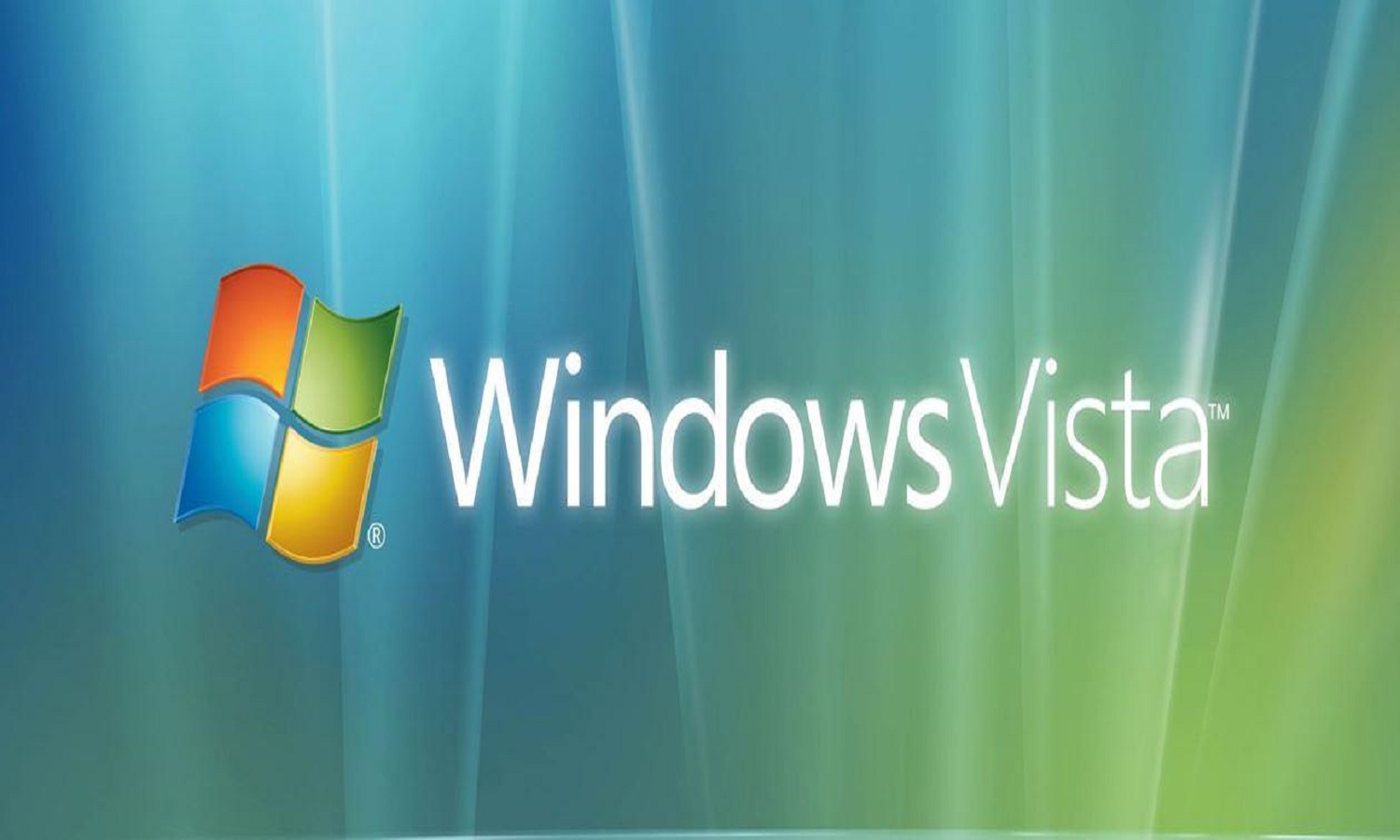
3. Microsoft Zune
The biggest mistake by Microsoft was to release the Microsoft Zune in competition with the Apple iPod. They were both media players, but Zune did not succeed because of poor marketing strategies; hence, production was terminated by the company within a year of its launch. For the same reasons, the Zune 2 was also launched as an updated version of the previous Zune but couldn’t survive in the market. Therefore, in 2011, the Zune series finally came to an end.

4. Betamax
Betamax was India’s first TV show recorder, which was in-built into the set-top box. Because of its high cost and limited capacity to record video only for an hour, it lagged behind VHS, which can record four to six hours at a lower cost. Sony’s Betamax was released in 1975, and after 41 years of its not-so-successful career, Sony stopped its production by the end of 2015.
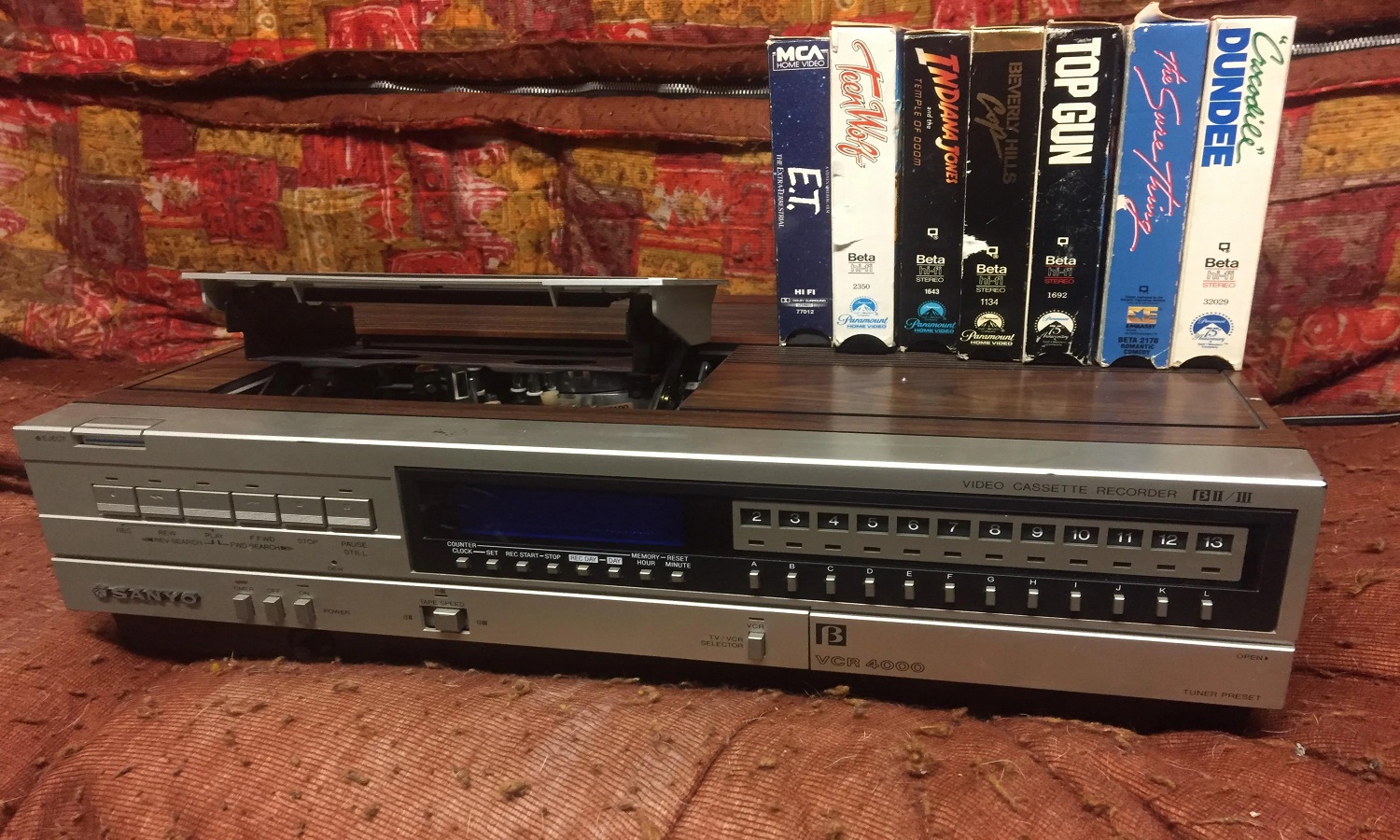
5. Amazon Fire Prime
The Amazon Fire phone was the first smartphone produced by the e-commerce website Amazon. It had features like capturing the movement of the user to adjust its UI and giving it a dynamic effect. However, the Amazon Fire phone was unable to capture the attention of the public due to its high price, and it soon died, which was very unfortunate for the company.
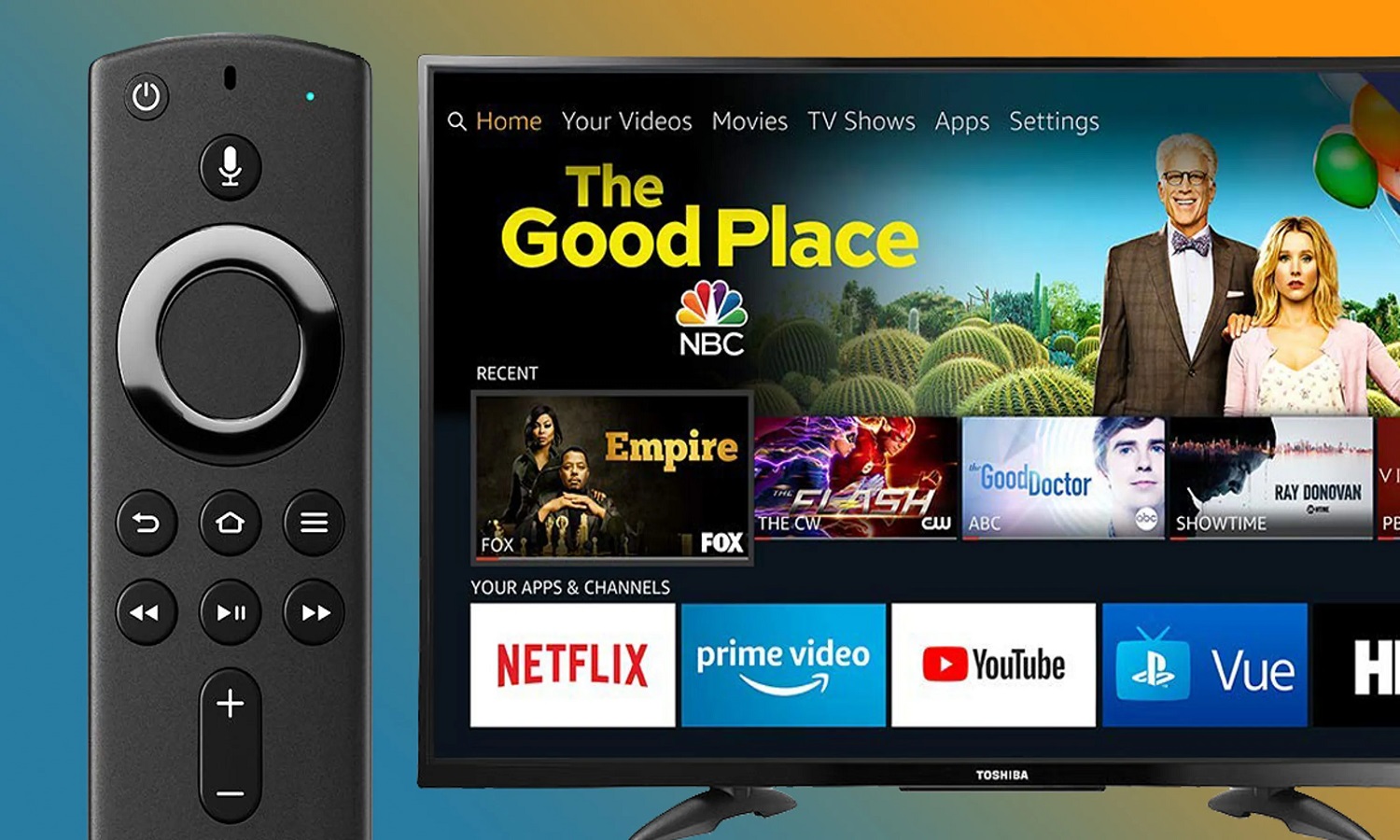
6. MySpace
MySpace was a social media platform that even defeated Google in 2005 by becoming the most visited website in the US. It was a platform where most of the movie and music stars were born, and it was way ahead of Facebook in terms of popularity at that time. Eventually, in 2009, Facebook achieved the position of being the number one social media platform among youth because of a few mistakes made by MySpace, such as it becoming less user-friendly, having a poor interface, etc.
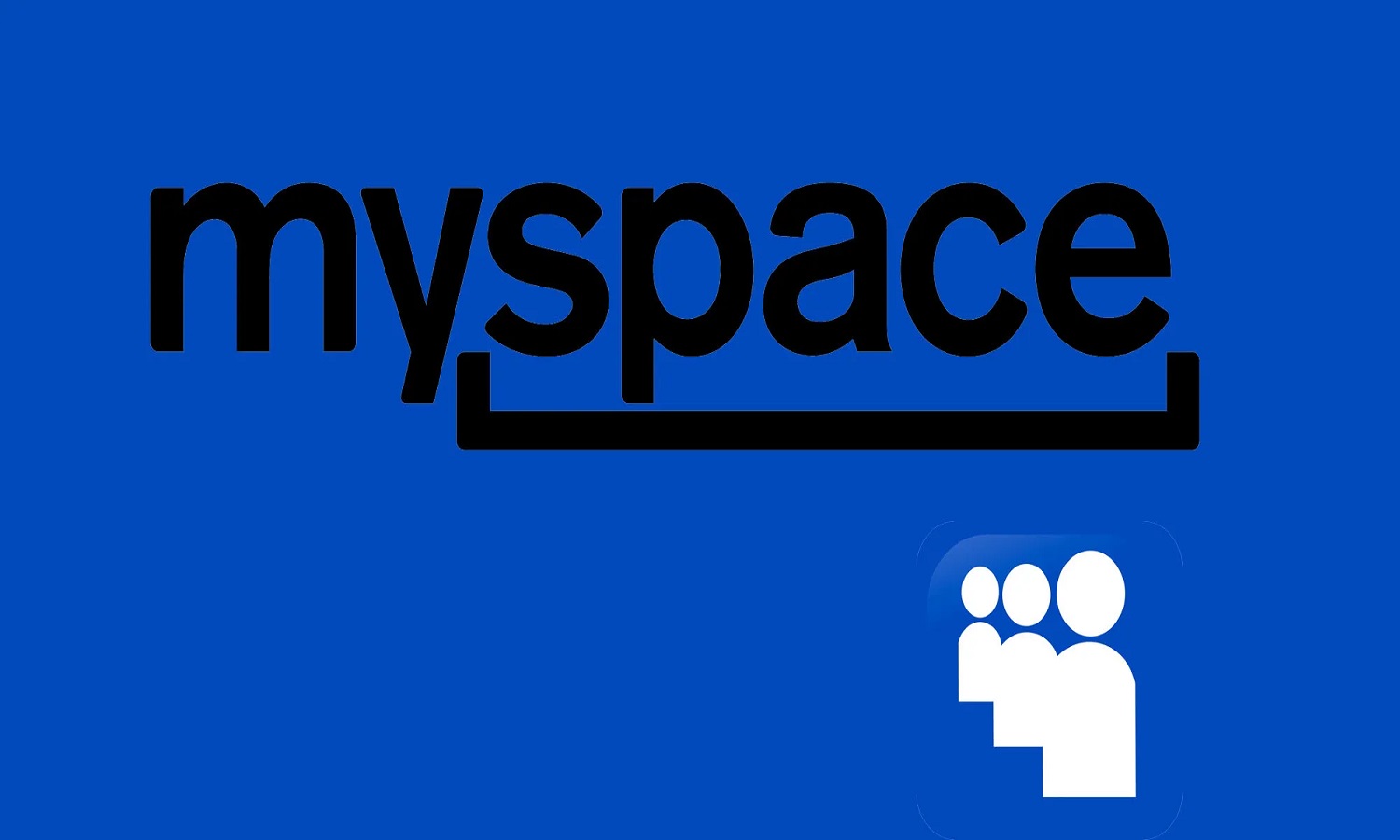
7. Orkut
Orkut was a networking website developed by Google. Orkut was named after one of Google’s employees, Orkut Buyukkokten. Orkut tried very hard to gain the attention of the crowd by redesigning its website several times, working on making it user-friendly, and doing a lot of marketing, but still, Facebook was unbeatable. Orkut was very popular in India and Brazil till 2008 as there were millions of users from India using it, but not after the rise of Facebook, so Google decided to close the website in 2008.
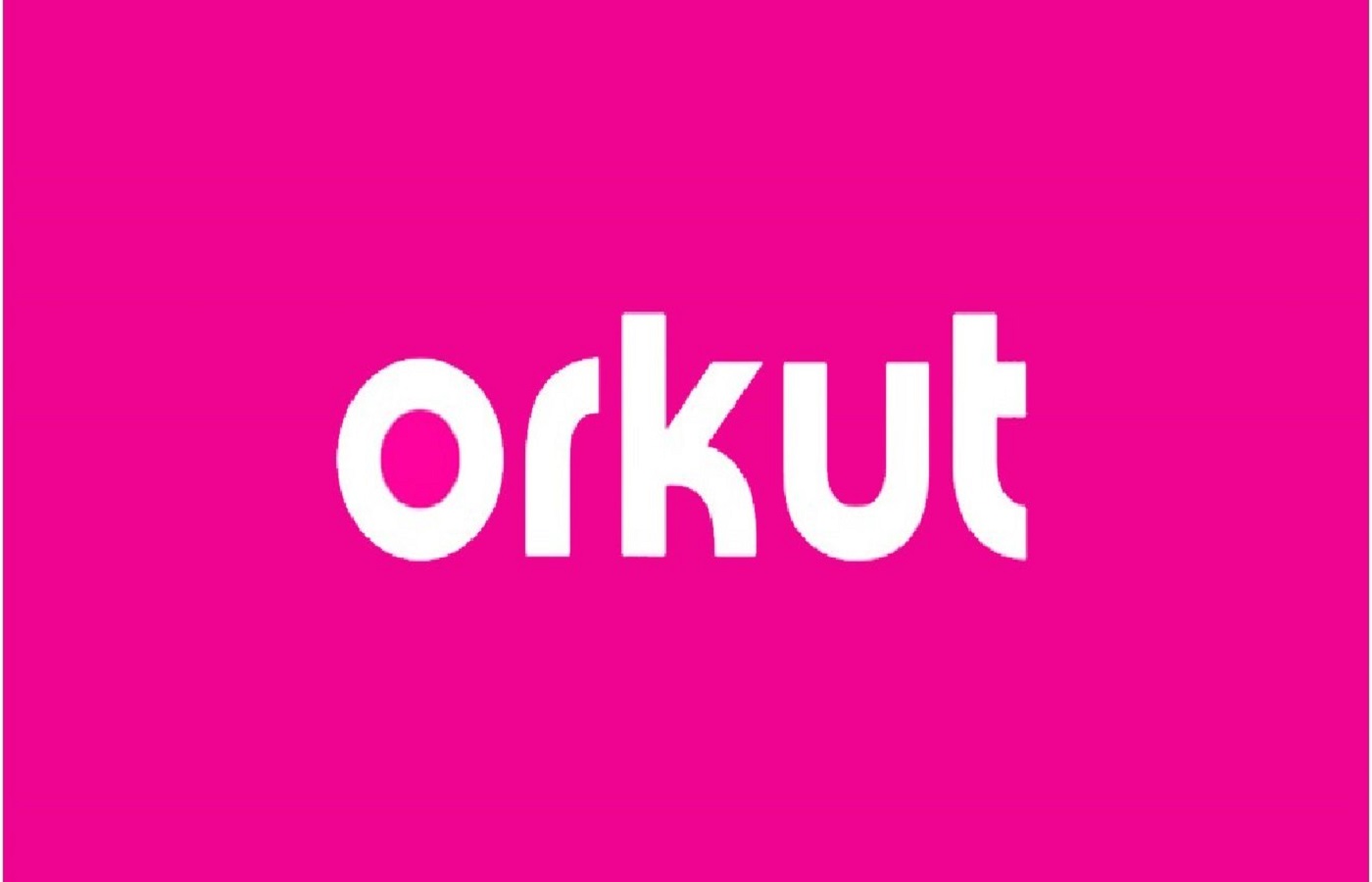
8. Segway
A Segway is a two-wheeled vehicle that regulates itself while you lean in one direction or another. It was supposed to become very successful in the market because of its uniqueness and marketing strategies, but consumers would rather prefer to walk, buy a car, or a two-wheeler. Segway had no future as it did not have anything to excite the audience. The company should have recalled that there is always a very thin line between unique and weird.

9. Apple Newton
The Apple Newton was the ultimate product at that time, with an amazing operating system. The Apple Newton was a Personal Digital Assistant (PDA) that was used to perform almost every task that today’s iPhone or iPad does. For example, it had a calculator, a currency converter, maps, a to-do list, an address book, the ability to send a fax, and many more, but it was still a failed IT product. In 1998, when Steve Jobs became the CEO of the company, he terminated the production of all the Newton products as he was not satisfied with the audience’s response.
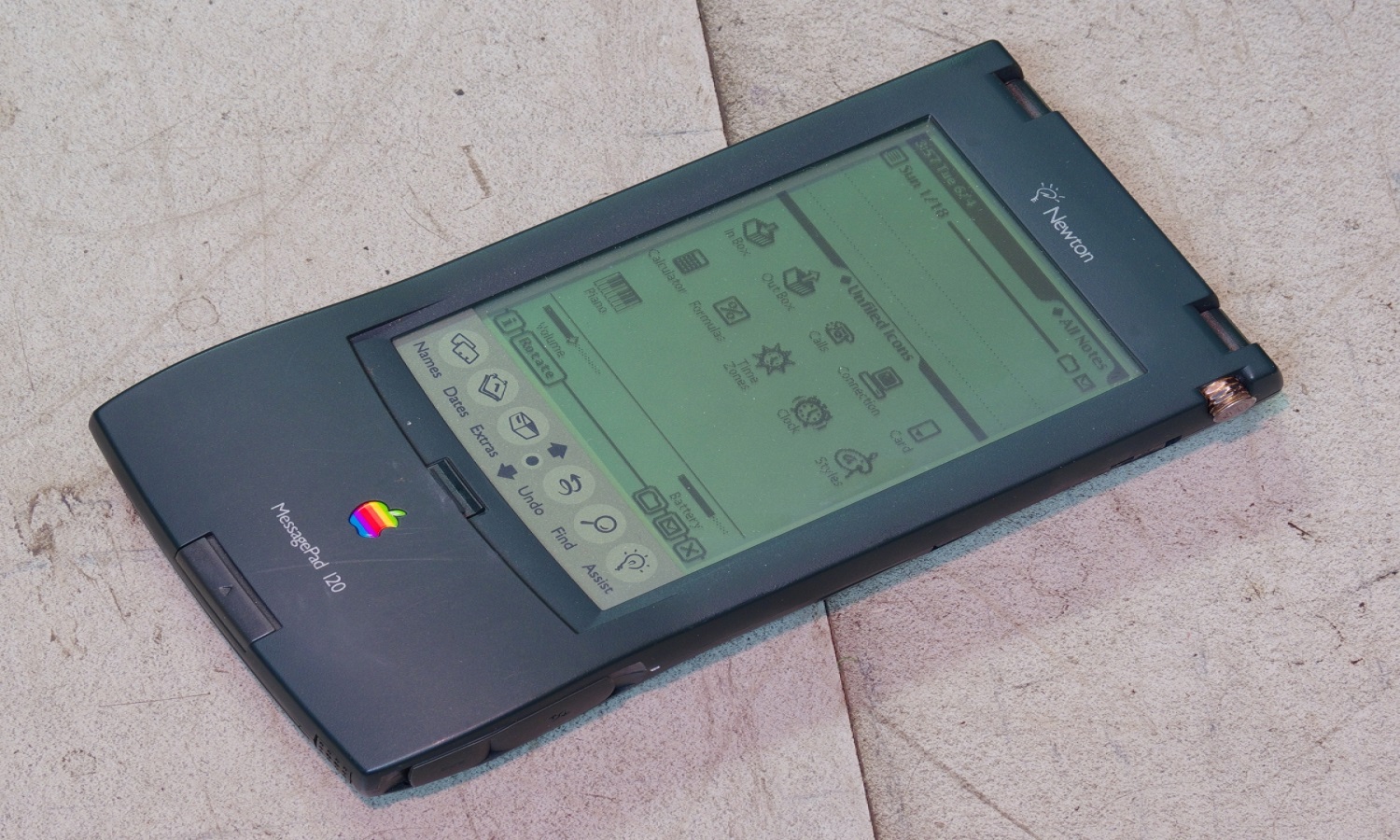
10. HP Touchpad
One of the shortest-existing tablets in history was the HP Touchpad, whose production was terminated just a month after its launch date in July 2011. Consumers felt disappointed because of its slow operating system and other mistakes. HP experienced a loss of millions of dollars as they were unable to create a promising product.



















